They make up less than 5% of the total vineyards in South Africa, but it is the country’s oldest vines that could hold the answers to how it develops and makes its wine in the future.
It’s ironic that as soon as you hit and then move past your mid thirties you suddenly start to notice all the adverts and promotions for clubs, and activities that are strictly aimed at the under 35s. You may never have even thought twice about going on an 18-35 year old package holiday, but now it feels like forbidden fruit.
But here’s a membership to a club that you can feel very proud of being 35 years or older. The only catch being you ideally need to be a wine producer, grower or winemaker to qualify and even then it is not you that’s important, but the age of your vines.
Welcome to South Africa’s Old Vines Project. An initiative where life really does begin at 35 – the age at which a vine is officially classified as being ‘old’. These are vines that may have been lost, forgotten or abandoned right across the Western Cape and beyond. Vines, though, that in the right hands can now be nurtured and revived to make what many believe could be the best ways yet to make wine in South Africa.
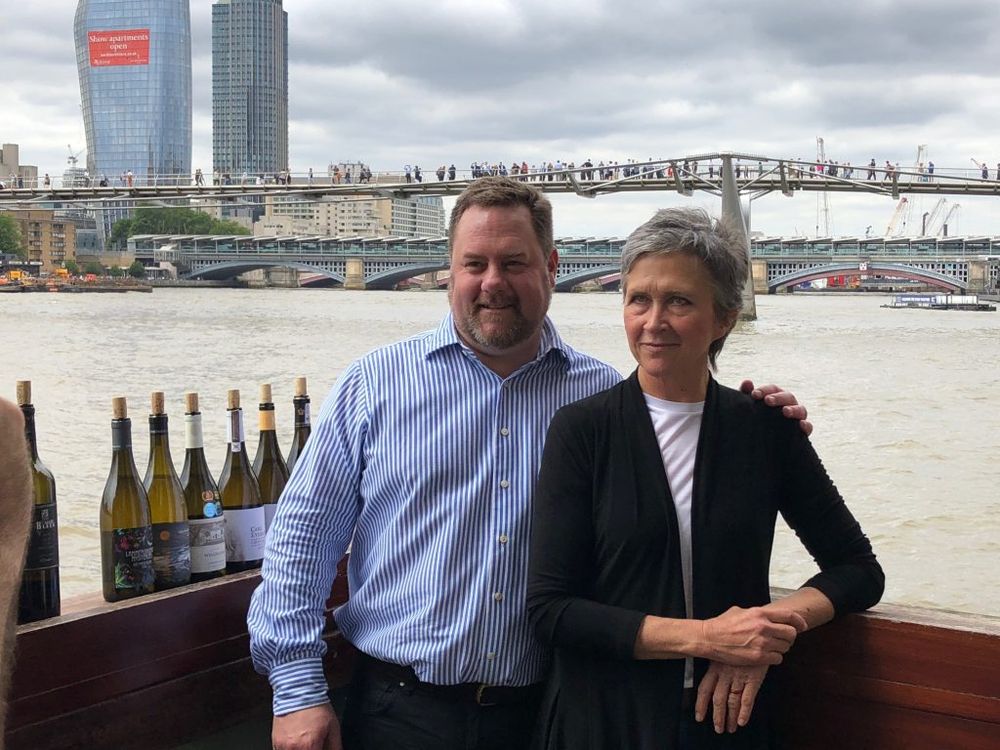
Rosa Kruger and Andre Morgenthal were in London in the summer to talk through the project with the UK wine trade
The Old Vines project is essentially all about the work, drive, passion and commitment of acclaimed South African viticulturist, Rosa Kruger. It has been her burning desire to seek out and bring back to life vines that are 35 years and older, that has now helped to create a new sub-category of South African wines.
“With the climate change the way it is going we have to give life back to our soils and capture every drop of what they can produce,’ she says. “We are all in for a rough ride.”
It has also, ironically, given a new lease of life to the younger generation of winemakers that have been the first to really latch onto the potential of these vines and what they could mean for the wines they can make now and into the future.
Standing alongside Kruger in the Old Vines project is Andre Morgenthal, former communications manager at Wines of South Africa, who is bringing his marketing and publicity nous to help give it the bigger platform it deserves, both domestically and in South Africa’s key export markets.
“Thirty five is the age when a vineyard comes into its own,” says Morgenthal, who likens their maturity to how we all are when we move into our late thirties, and are a little wiser, a little more reflective, probably settled down with kids and a mortgage and not hitting the nightclubs every weekend.
But whilst in our every day lives we are finding ways to live longer, with average death rates going up rather than down, it is a very different story in the South African vine kingdom. For all the old vines that are found, there are hundreds if not thousands more being pulled out and destroyed.
The Old Vines project has understandably got a lot of attention from wine bodies around the world, interested to see if its principles could be applied in their own countries. But where they might fall down is there are not as many comprehensive and detailed vine tracking systems in place as there is in South Africa. Kruger and Morgenthal are quick to thank the work of Sawis (Statistics of wine grape vines) that records and monitors every vine in production in the country. A system that effectively creates an individual DNA for every one of South Africa’s millions of vines.
That said there are many vines in South Africa that are older than Sawis and it is these “lost” vines that Kruger has worked so painlessly to track down.
Working with co-operatives

Andre Morgenthal says there is nothing better than finding a plot of old vines that can be brought back to life.
To do that has meant going to the heart of the South African wine industry and the major co-operatives that effectively dominate and control the growers that make so much of the bulk wine being produced in South Africa. It is thought that 80% of all the old vines in South Africa are within the co-operative system, says Morgenthal.
It is their growers who are the most likely to have old vines hidden away on their land, but they are not always the easiest to track down or talk to, says Kruger, because the co-operatives keep their whereabouts close to their chests.
After years of persuasion Kruger has managed to both get some of the co-operatives’ permission, and personally speak to 500 of their growers about the vines they have on their land.
Conversations that are as much about convincing them not to sell out and plant citrus plants as they are about offering their vines to make new wines.
Piece by piece she has been able to draw up a map of the country that identifies where these vines are. A jigsaw, if you like, that she can then talk to different winemakers about which different pieces they might want to take on to make their own wine.
Winemakers like Chris Alheit who has become one of the biggest ambassadors of working with old vines. So much so that he would be continuously coming back to Kruger asking if she had found any new old vines for him to work with. His passion, she says, comes from having done vintages in Santorini in Greece and seeing how the vines perform there in extreme weather.
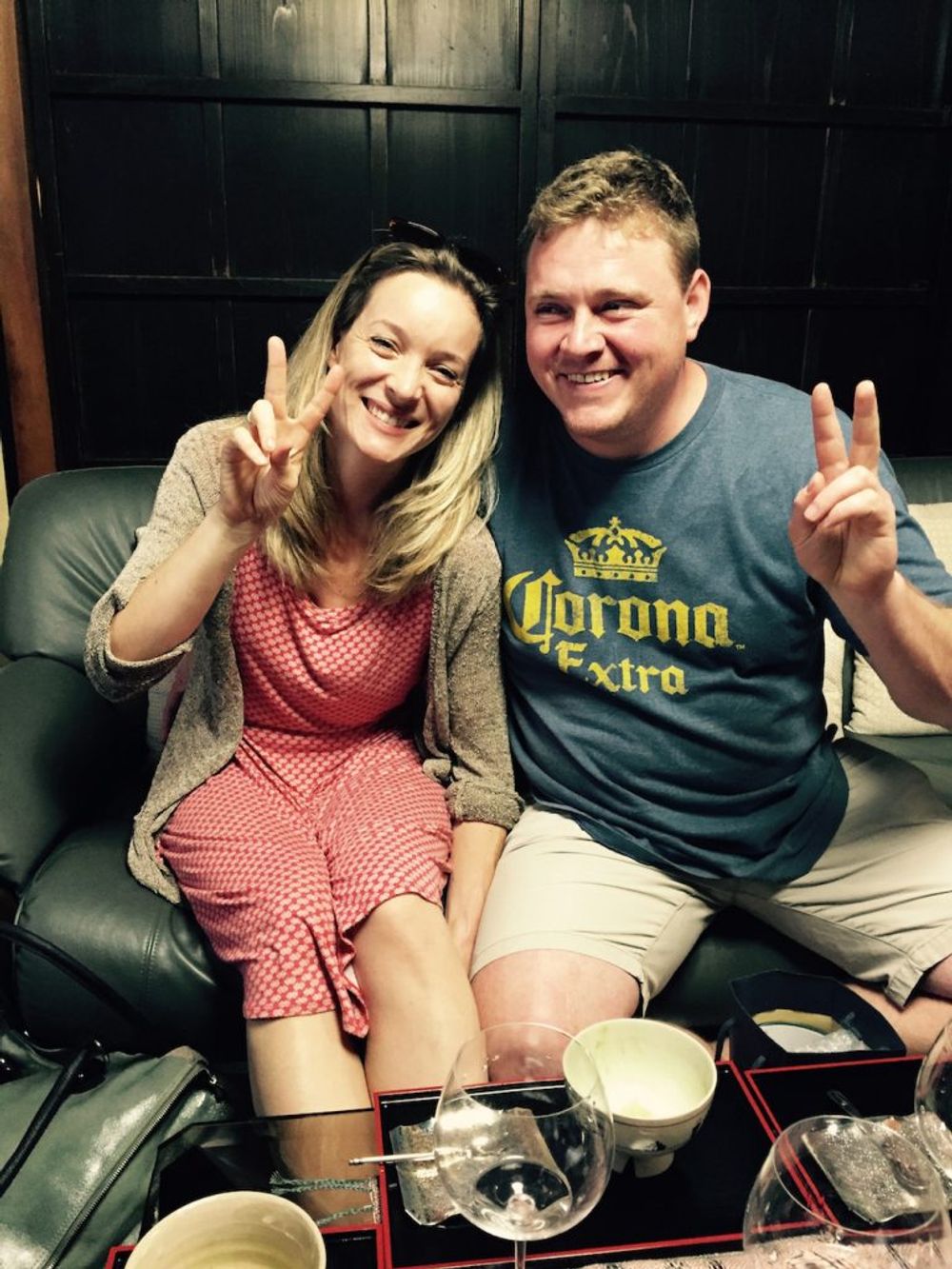
Chris and Suzaan Alheit are one of many young South African winemakers to keen to work with older vines
All of which, she says, is reflected in his award winning Cartology wine range. “These are wines that have great flavour and texture,”she says.
The appeal to a young, ambitious winemaker is clear to see. These are vines with have on average around 30% more roots than their younger counterparts, explains Kruger. They are also survivors. The recent drought has made it only too apparent how hard the conditions in South Africa can be. For a vine to have lasted for 35 years or more would have meant it surviving all sorts of extremes in the weather. These are vines with the backbone to make good structured, textured wines.
“In Europe the vines might have to be 45 to 48 years old to get to the same level,” says Kruger.
“A 35 year old vine in South Africa knows how to live. It knows how to make wine and you have to do very little with it. They have learned from the experiences they have been through.
Good timing
The project has come around at just the right time, says Morgenthal, as there are so many vines in South Africa aged between 25 to 34 years old which are “at that sensitive time” when growers are “looking to pull them up” and repack with new ones. “It is why you are seeing producers like David Sadie pay some of these growers more for their grapes so that they keep their older vineyards going.”
It is why the old vine project is working on a second classification that can register and monitor vines that are 25 years and older that need to be protected and kept for the long term.
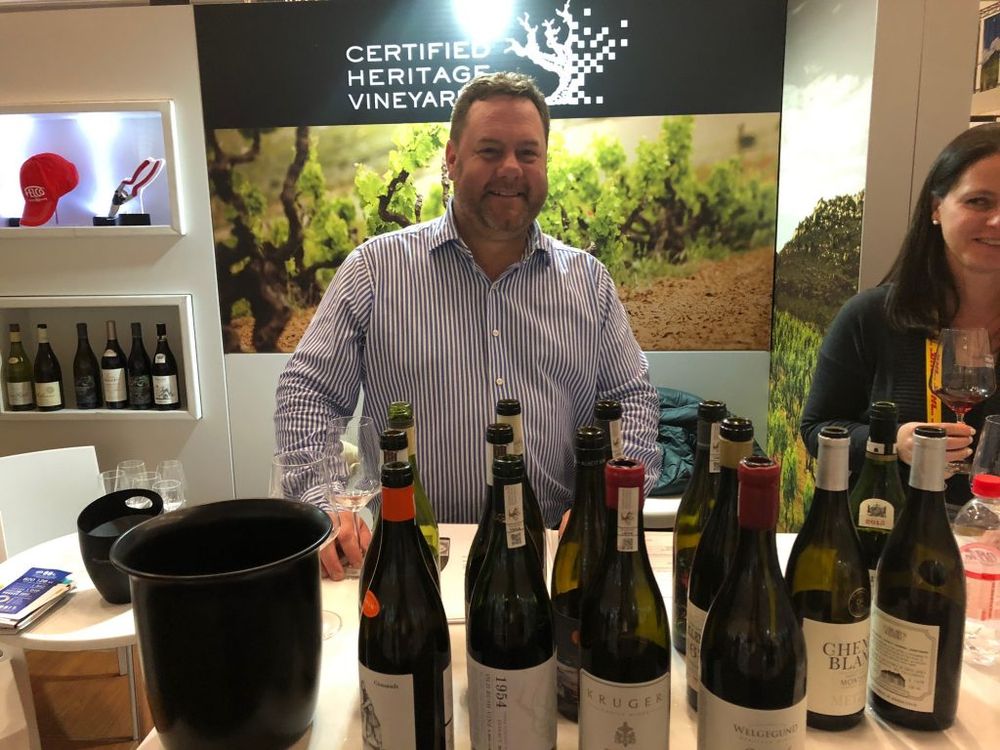
Andre Morgenthal at the Old Vine project’s stand at Cape Wine in Cape Town in September
It has, for example, been quite common for producers to rip out vines after 25 years and it can be hard to convince growers that it’s economic not to do so.
To put that in perspective only 3.4% of South Africa’s total vineyards are 35 years or older, or 3,197 hectares, of which 52% are Chenin Blanc vines. There are also only 352 hectares in the country that are more 50 years old, of which 154 ha are Chenin Blanc.
“We really need to look after the 24-34 year old vines,” stresses Morgenthal. “They are our future.”
When it comes to
Kruger agrees and adds: “We want to start a culture of ‘planting to grow old’ so that growers are encouraged to plant clean, virus-free vines to help us make better wines in the future.”
Commercial future
That is where the commercial benefits of the Old Vine Project really come into their own. By working with virus-free vines it can be assured that its wine industry is protected for the long term.“We now have some of the cleanest vines anywhere in the world,” she adds.
South Africa, she concedes, is also a hard country to do business in. Not just because of its climate, but its politics and social issues. Taking the steps now to create a wine industry, that employs and helps to look after so many people in its communities, is surely a positive step for all.
“My biggest goal in all this is to find ways that will help keep farmers and their workers on their land,” she says. “If we can increase the yields in these old vine areas to make it more economic then that’s the goal.”
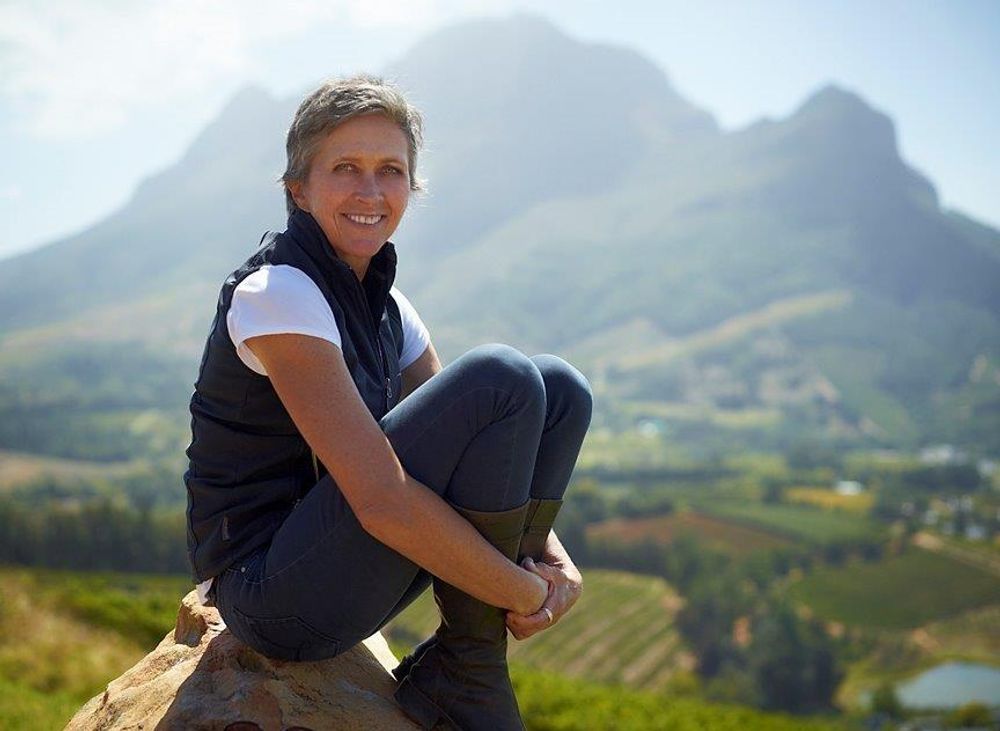
The Old Vine Project would not be possible without the passion, knowledge and support of Rosa Kruger
Old vine wines can also command higher prices and help create a profitable wine cycle for all those involved in it. VinPro, the South African wine research body, claims 37% of growers are currently operating at a loss, 2% are breaking even, 47% have a low profit of between R1,000 and R27,000 and 14% are profitable and therefore making more than R27,000. Other local economic studies say a wine farm needs to be making 40,000 to 60,000 rand a hectare to be sustainable, which means making wine that can sell at a minimum 300 rand a bottle.
“We need to include everyone in the Old Vine Project,” adds Kruger. “It is not about making rock star winemakers more famous. We are now getting the co-operatives involved too. So that why can make high volume old vine wine that sell at a higher price.”
“That’s very exciting,” stresses Morgenthal. “The co-operatives are both opening up more old vines and making old vine wines themselves.”
As well as finding the old vines and marrying them off to interested winemakers and growers, Kruger and Morgenthal are also able to share their advice on how best to get the most out of the vines. “We suggest, for example, using old wood, not chips, and minimum intervention in both the vineyard and the cellar, and to be very careful with pruning. It’s like working with older people. You have to treat each vine individually or you risk risk killing it,” he explains. “So we are looking to train vineyard workers on how to work with these old vines.”
Fundraising support
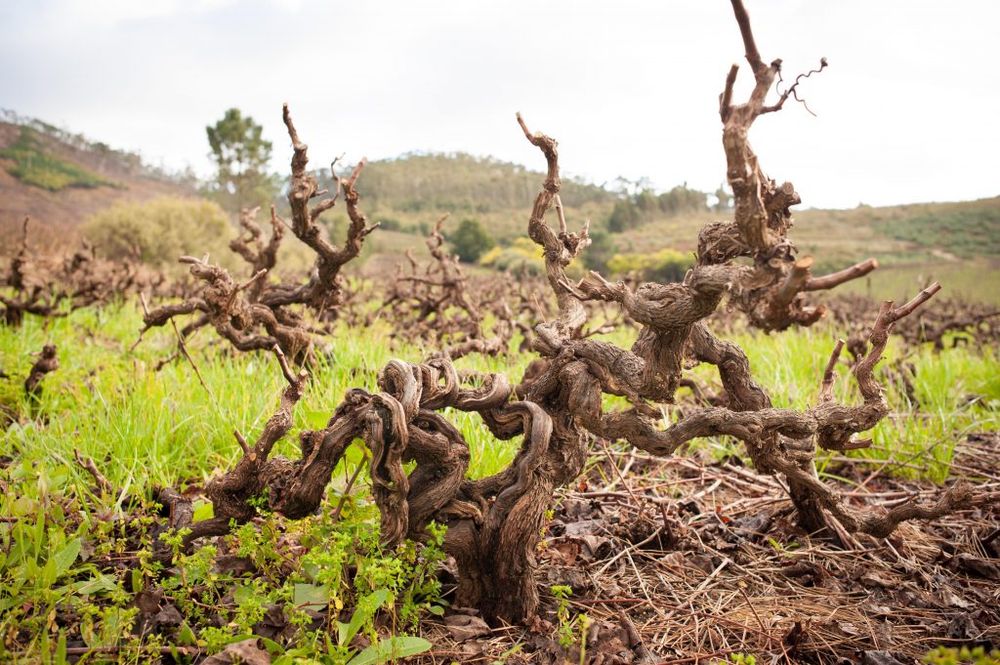
All of which clearly needs money and fundraising is as much of a challenge as it is finding the old vines for Kruger and Morgenthal. The 40 producers and wineries working with old vines all pay a membership fee to do so and the project receives money from supporters in the wider trade, but clearly a more focused approach is needed for the long term. It certainly can’t rely on the personal dedication of Kruger and Morgenthal.
It was good, therefore, to see the project given one of the keynote panels at this September’s Cape Wine trade exhibition and the chance to hear first hand from Kruger and other key viticulturists about its work and potential.
“Old vines can become a new category for South Africa,” stresses Kruger.“But the Old Vines Project must make money for it to work.”
The Cape Wine session heard how it now has enough funding to be able to offer growers some three times more for their grapes than they would get if they were selling out to citrus. But that is still only enough to make 8,000 bottles.
A new old vines certification seal, managed by Sawis, that can go on bottle was launched earlier in the year to help raise the profile of the project, but Morgenthal admits it is a small step in what is going to be a long term challenge to build momentum even more. But it means every bottle of old vine wine can be traced and monitored back to individual vines.
Kruger is also hopeful the work and research being done around the world into old vines will only help what is happening already in South Africa. “We don’t know enough yet,” she concedes.









































